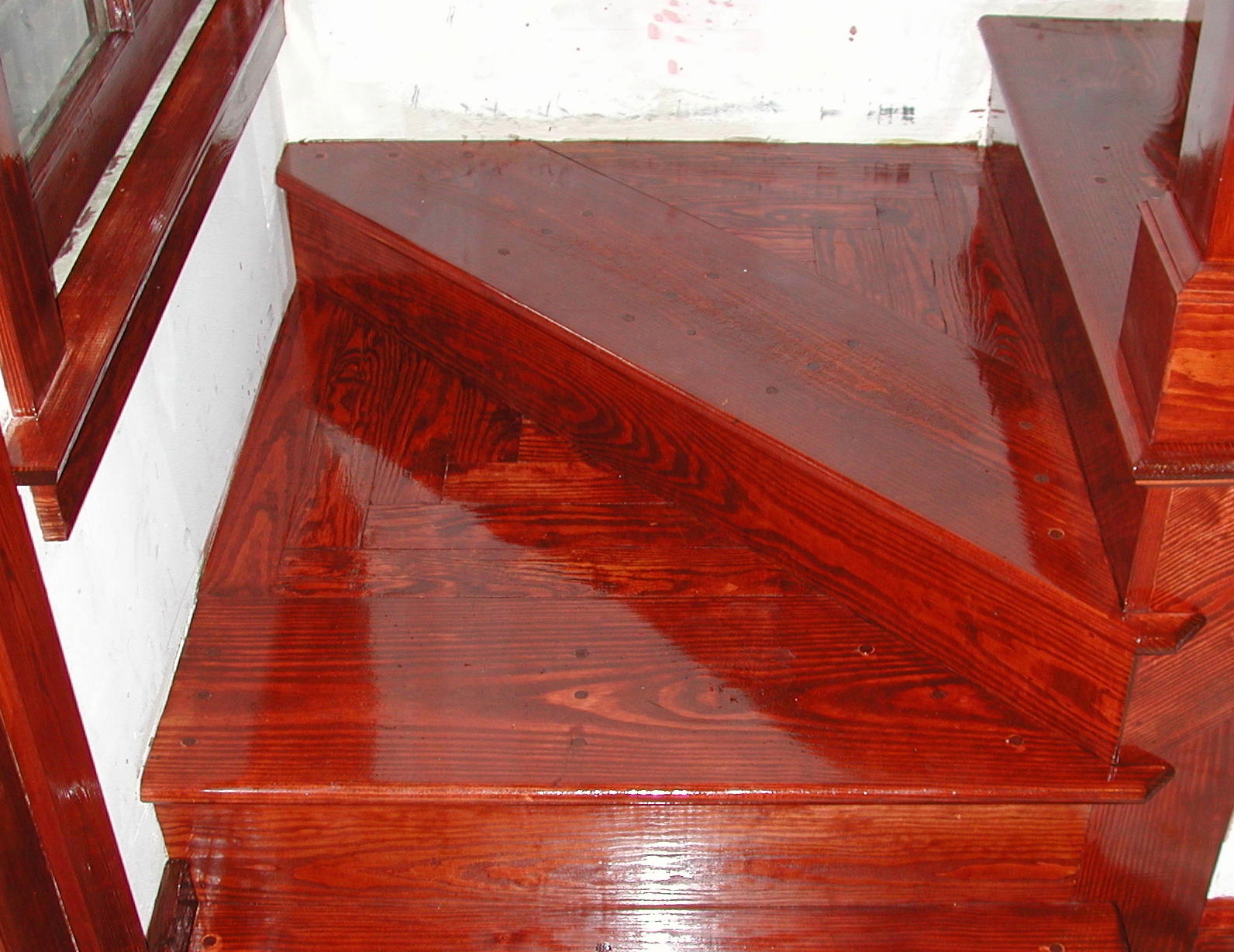User:Prarme
The Ambrotype Process Explained
What's an Ambrotype?
The Wet-plate Collodion Process: 1854
The ambrotype is actually one result of the wet-plate collodion process. 'Wet-plate' because the process required the medium (usually glass) to be immersed in liquid silver and developed all before it dried. Quickly your studio and equipment becomes littered with dark stains from the wet plate dripping silver nitrate, even when you think you have mastered the cleanliness.
This wet-plate process was 'invented' by Frederick Scott Archer in 1854 and of course developed further by many others. Here is a simplified explaination of the steps:
Collodion, a syrup-like liquid is mixed with certain salts and carefully poured over polished glass. Before the collodion dries it must be dipped into a bath of silver nitrate, which sensitizes it. After some time (about 4 to 5 minutes), enough silver collects on the collodion and the plate is ready to be exposed in the camera. Exposure times vary from five to sixty seconds or more depending on the amount of available light and age of the collodion. The exposure needs to be taken before the plate dries or it's sensitivity will decline. After the exposure, a chemical developer is used to bring out the image and fixed using cyanide or hypo. When dry, a varnish is applied to protect the collodion side.
The result is a negative image on clear glass that can be used to produce salt prints or modern negatives printed on silver gelatin paper (fancy name for a B&W photograph). This allows for easy duplication of the image.
Now here is the fun part! If this very thin under-exposed glass negative is placed in front of a dark background, the negative image will appear as a positive. This is because the silver reflects some light while the areas with no silver at all will show through to the black backing material. It's the principle behind the Ambrotype (a positive silver image on glass), my favorite!
I prefer to apply paint to the back of the glass instead of using black velvet because it provides darker shadows and greater contrast. Once the paint is applid, it cannot be printed and copies cannot be made from it. So, it becomes one-of-a-kind in a sense. Of course digital scans and prints can be made but the fundamental copy is eliminated. It is at this point that the image is considered an Ambrotype and was usually displayed in cases similar to those used for Daguerreotypes. This does cause some confused when identifying daguerreotypes since they are also housed in these cases. Just remember an ambrotype will always appear as a positive no matter what the viewing angle is. A daguerreotype will switch from a positive to a negative image as the angle at which it is viewed changes. To see this switch from positive to negative see the Daguerreotype process page.




